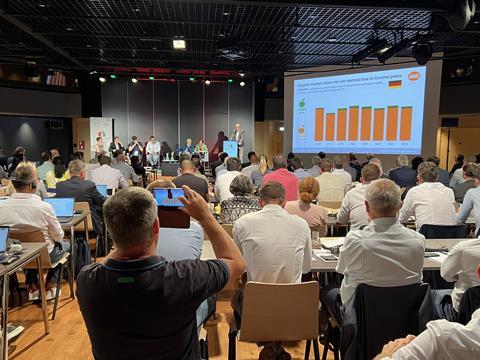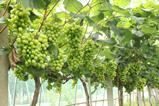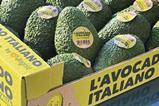While Italy, France and other western European countries expect above-average harvests, production in Poland and south-eastern Europe continues to suffer from spring frost damage

Apple production in the European Union is expected to remain relatively low at 10.46mn tonnes, according to new forecast data revealed by the World Apple & Pear Association.
And of serious concern to the entire industry will be the suggestion that demand remains relatively unchanged as consumer demand for other products such as avocados and mangoes continues to rise.
Speaking at Prognosfruit in Angers, France, where the forecast was announced, Ursula Schockenmoehle of market analyst AMI said there was “low enthusiasm” for apples among young people.
Volume share for apples in Germany, she explained, was only 11 per cent among young, single consumers and couples without children. Avocados, by contrast, now attract a 22 per cent volume share for that cohort.
“There is a shift among young couples, especially in the German market, away from products like apples towards superfoods like avocados,” she observed. “And of course, many of these people will go on to have children.”
The headline forecast figure represents a very slight decrease on last year’s forecast 10.47mn tonnes, although Eurostat data indicate the eventual production for 2024/25 was a little higher.
And it means EU apple output remains just over 7.5 per cent down on the three-year average – and a long way below 2018’s harvest of more than 13mn tonnes.
While production will be higher than the historical averages in Italy, France, Spain, Portugal, and the Netherlands – and also set to recover in Austria, Belgium, and Germany – it will be lower than average in Poland, Turkey, Hungary, Greece and other parts of south-east Europe, where spring frosts are understood to have affected some orchards.
Germany’s so-called backyard crop – a major influence on the country’s market demand – is predicted to be “quite high” at about 450,000 tonnes, according to AMI.
Contrasting figures
The new forecast includes a 3.46 per cent year-on-year decline in Italy’s apple volume to 2.25mn tonnes, and a 3.45 per cent annual increase in Poland’s output to 3.3mn tonnes.
However, the longer-term trend for those two countries, by far the largest apple producers in the EU, reflects their contrasting fortunes. Measured against the three-year average, Italy’s crop is set to be 1.93 per cent bigger, and Poland’s 15.1 per cent smaller.
Other notable forecasts include France with 1.48mn tonnes (+3.6 per cent year on year), Germany with 1mn tonnes (+14.7 per cent), Spain with 501,000 tonnes (-8.3 per cent), Romania with 442,000 tonnes (-10 per cent), and Portugal with 303,000 tonnes (-3.3 per cent).
The forecast data was published by WAPA at Prognosfruit, the annual apple and pear business convention, which this year meets for its 50th edition in Angers, France.








